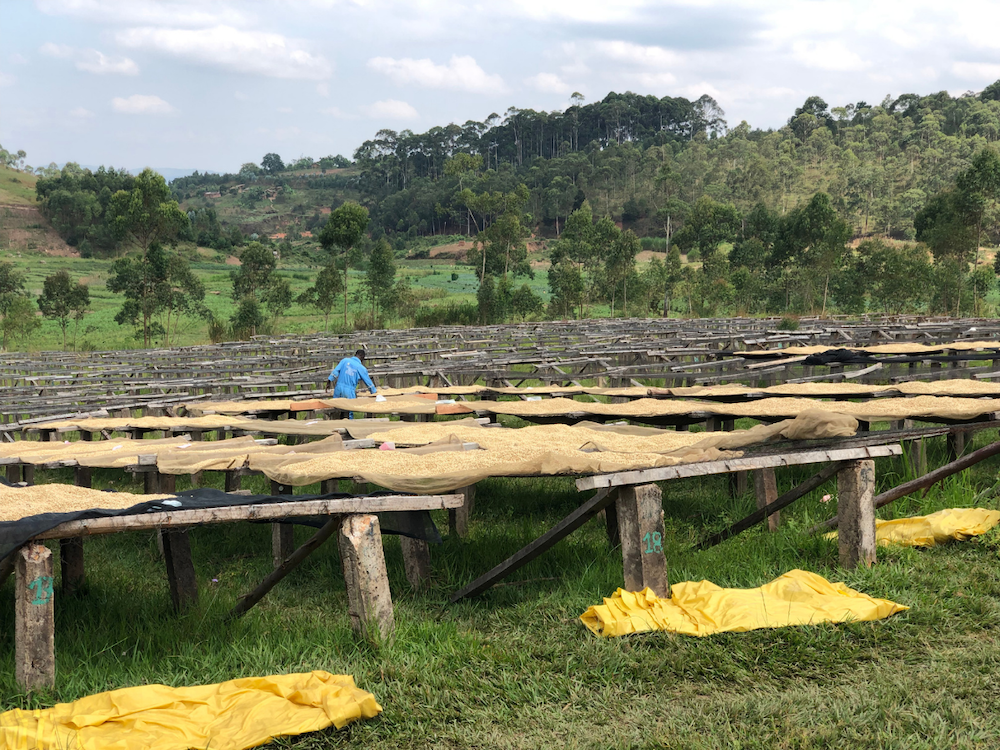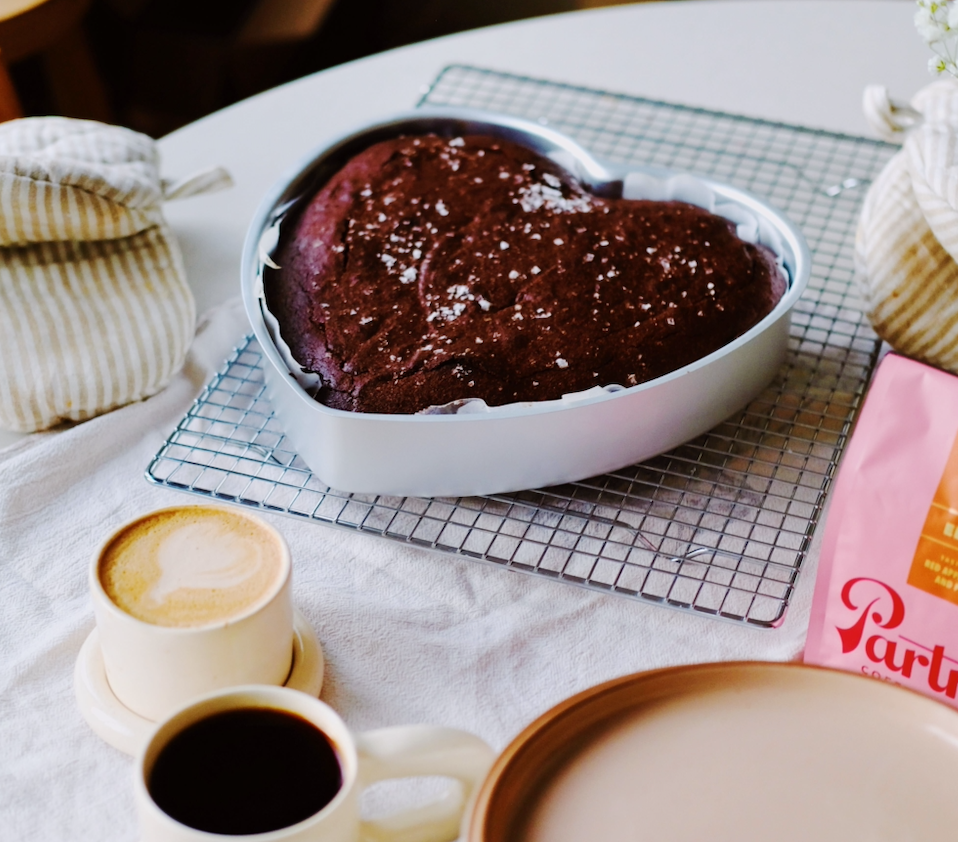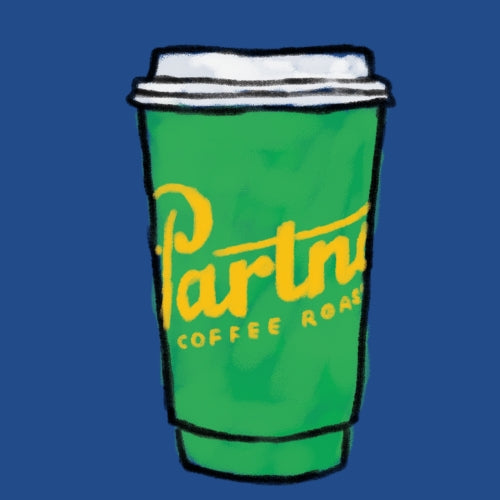Every single year we're impressed by Burundian coffees. This is our fourth year buying coffee from Gahahe, a washing station in the heart of Kayanza that serves over 1,700 smallholder farmers.
This lot is an excellent rendering of the flavors we've come to love. Look for a warm and complex cup with immaculate clarity and layered sweetness—we taste cranberry, golden raisin, dried fig, honey, brown sugar, orange peel, and lovely, subtle florals.

Exploring Burundi Coffee
As a visitor to Gahahe, you'd be lucky to land in the city of Bujumbura in the hours just before sundown. The international airport lies in a sunbaked plain along the northern shore of Lake Tanganyika—from there, it's maybe two hours by car to Kayanza, where some of the country's best coffees are grown. In the rearview, you'll see glimpses of the city, the lake, and the Democratic Republic of the Congo in the distance; on the dim roadside, frequent tiny junctions alive with commotion; and on the horizon, innumerable stars and galaxies. The reward is then to arrive at Gahahe, your surroundings pitchblack save for taillights carrying the last of the day's coffee deliveries. The washing station is just off the road, and seeing it at night is something magical.

Return in the daytime, and what you'll see is a very modest washing station. The main building is little more than a reception area, a chain-driven depulper, and a half dozen concrete fermentation tanks. Uphill from the station is one of the region's famous red clay brickyards, and downhill, twenty-something rows of simple, rustic drying tables constructed of wood and chicken wire.
Burundi began to focus on specialty coffee production in 2008 while rebuilding an economy devastated by civil war. In the years following bureaucracy has imposed the most significant constraints impacting quality. Otherwise, the conditions here are excellent for coffee production. Nearly 100% of the coffee cultivated is red bourbon, and the weather is generally favorable for fully washed and natural process coffees alike.

The farms here are incredibly small—a hectare or two at most, smaller than a city block. Coffee will ripen gradually throughout the harvest, so what you'll see is farmers making frequent, tiny deliveries, either carried by hand or balanced on the seat of a bicycle. A single finished lot will represent thousands of deliveries made by hundreds of individual farmers.
When producers deliver coffee to Gahahe, it is floated in water to spot check for density, then weighed and added to a reception tank. Once enough coffee has been collected, it is depulped and mechanically sorted into higher and lower densities. The more desirable, higher density coffee is collected in a fermentation tank and fermented without the addition of water for 10-12 hours. Next, clean water is added and fermentation continues underwater for another 14-16 hours.

Once the fermentation stage is complete, coffee is moved to a series of graduated channels where the coffee is washed in clean water to remove any remaining mucilage. These channels serve a valuable second purpose in that they once again separate the coffee by density—in each section, the densest coffee sinks, and the least dense coffee floats over the slats into the next channel. This simple but effective system produces coffee of five different quality tiers, everything from the most immaculate specialty lots to the more generic commercial qualities.
With processing complete, the resulting parchment coffee is moved to drying tables. With good weather, two weeks of drying time is typical, but in poor conditions it can take four weeks. In the event of rain, each table is equipped with a yellow tarp designed to protect the coffee without absorbing too much sunlight. The mesh underside of each table allows the coffee to receive valuable airflow even when covered.
For the past three years, in coordination with Sucafina, Greenco, and the Kahawatu Foundation, we have supported a farmgate initiative that provides livestock and animal husbandry education to coffee farmers in Burundi. Groups of producers are given 1 male and 10 female animals—usually goats—which support the community by providing food, diversifying income, and converting household food scraps into manure, a valuable organic fertilizer. The program becomes a virtuous cycle as more members receive offspring from the initial brood. Once underway the program can generate as much as USD $60-70 in supplemental income every 3 months, a considerable sum relative to a producer's typical cash earnings from a small plot of coffee. We were pleased to learn during our most recent visit to Gahahe that the livestock program is very popular with farmers!
Ready for a cup of incredible?
Tasting Notes:
Golden Raisin, Dried Fig, and Honey
Region:
Gatara Commune, Kayanza Province
Source:
Gahahe Central Washing Station
Varities:
Red Bourbon








Leave a comment
This site is protected by hCaptcha and the hCaptcha Privacy Policy and Terms of Service apply.